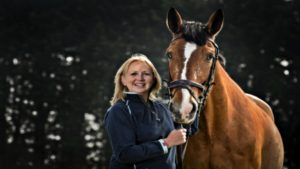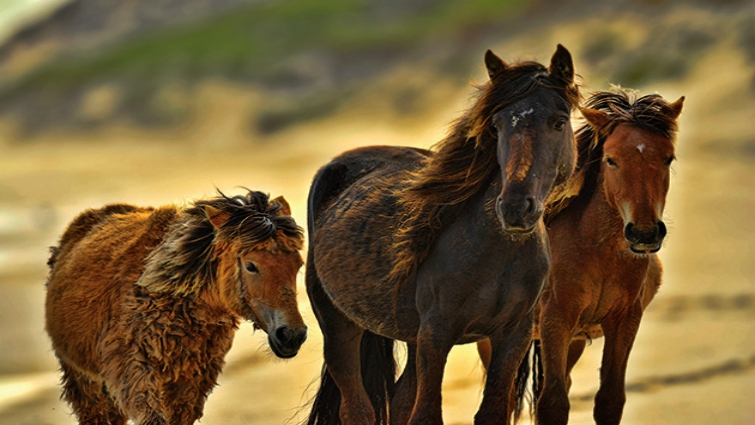We may have mentioned before that when it comes to horses, surprises never seem to end. The moment you tell yourself that you have seen everything about them, a story or a video appears on social media that proves you wrong. Equestrians believe that they know all there is to know about horses but today we are going to show some amazing facts about horses, that you probably haven’t heard before.
Take a look at these random, yet very interesting facts:
1-Horses can produce 3-10 gallons of saliva in a day.
You already know that saliva makes food easier for a horse to swallow and stops ulcerations in the digestive tract. Saliva generation only happens during chewing, unlike us humans. It was evaluated by one researcher that the average horse will take about 60,000 chewings per day when eating. This amount, of course, is dramatically reduced when the horse is restrained and fed hay and grain.

2- Horses have 8 distinct blood types.
Humans only have 4 blood types. Also, each blood group can occur in various different forms. A horse has more than one blood type A, C, D, K, P, Q, U and T (the first seven of which are globally recognized), with more than 30 various factors for which they can be positive or negative.

3- Horses can run within hours after birth
Horses can turn back to their normal state and run just a few hours after giving birth. Acknowledging that it takes humans from 9 to 18 months to learn how to take one step, the fact that horses are running a few hours after being born shows that nothing can stop them.

4- Horses have the biggest eyes of all living mammals
Horses have the ability to see colors, depth, motion and even in the dark! As a prey animal, large eyes on either side of the horse’s head (monocular vision) is what keeps it safe while grazing, remaining vigilant in case of predators. A horse’s blind spot is in front of its forehead, so even when grazing they can see everything around them in a nearly 360° radius.

5- An adult horse’s brain weighs the same as a small child’s brain.
The most significant difference between a human brain and a horse brain is that most of the horse’s brain is used for dissolving the information it gets from the environment, while most of the human brain is used for fine-motor skills and language improvement.

6- Racehorse names
You probably thought that names like Black Caviar, Malt Queen and Candy Ride are just horses named without thinking it twice by their owners but in fact, there are very strict rules in place for what it is and who you can call a racehorse. Tradition also presents a very big factor.

7-Shaky skin
Horses are the only animal on the planet who can move their skin without moving their muscles underneath. That’s what the scratching is when they shake off the flies in the summer.

8- Horses’ preferred flavorings are fenugreek, banana, and cherry.
A University of Southampton study formed out the list of horses’ favorite tastes who started with rosemary, cumin, carrot, peppermint, and oregano, in that specific order. Horses fancy variation in their forage portion, so altering the flavor of the diet may keep them content without the risk of colic that a full change in diet can cause.

9- The original “horsebox” was invented in England in 1836.
Lord George Bentinck used the custom-built carriage, pulled by 6 other horses, to transport his horse, Elis, to a race 200 miles away secretly and without tiring him on the long journey. Since nobody saw Elis making the journey in the days leading up to the race, the odds of him winning lengthened to 12-1. When the rested Elis won the race, Bentinck won not only the purse but £12,000 from his bet!

10- Standing sleepers
Yes, they do doze while standing on their feet but they won’t sleep deeply or enter the REM phase of sleep. It’s actually a popular misunderstanding to say that horses sleep while standing up because when they need to sleep deeply they will lie down.
The actual motive that horses do stay standing while they nap is because they’re prey animals and if there’s a predator around them, horses don’t need to waste valuable time getting up, making their getaway much faster and eventually helping to save their life.
